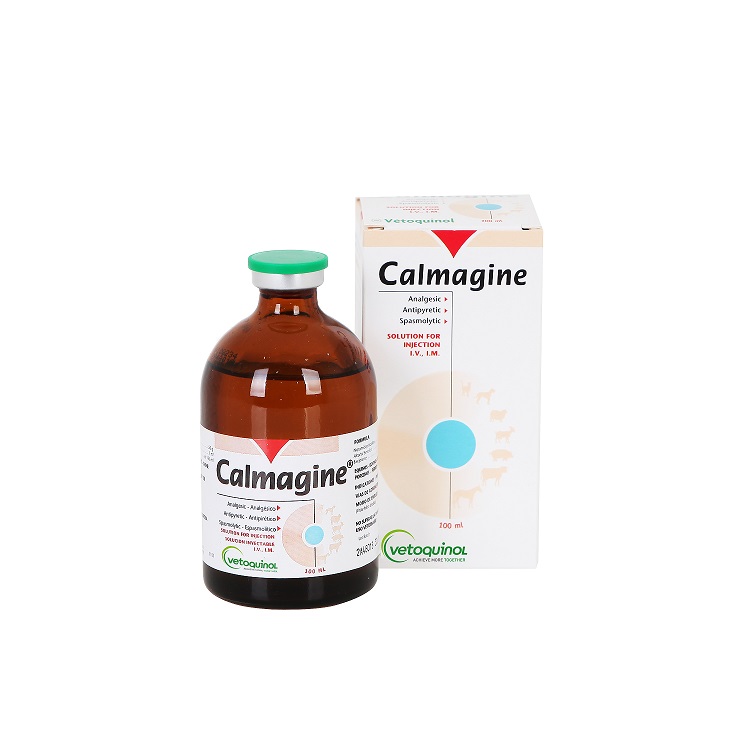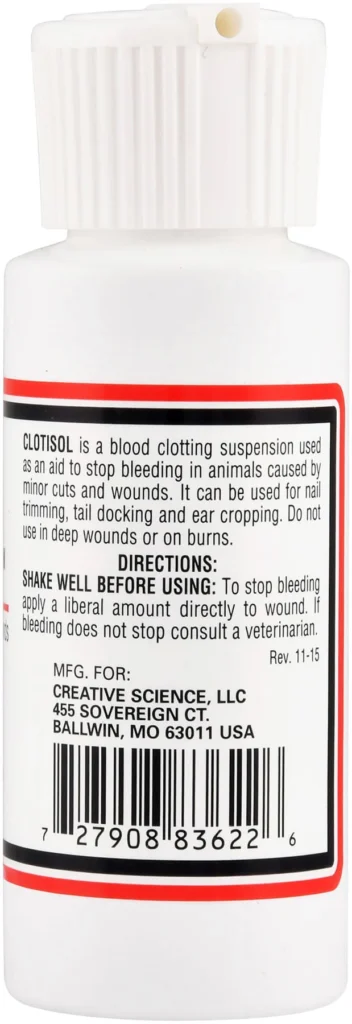Joint health is a critical aspect of overall animal wellness. Whether you're a veterinarian, a pet owner, or an animal caregiver, understanding the latest advancements in joint therapy is essential to ensure your animals lead comfortable, active lives. Among the innovative solutions available today, Arthramidvet injection stands out as a revolutionary treatment for managing joint pain and degenerative conditions in animals.
In this comprehensive guide, we will explore everything you need to know about Arthramidvet injection, including its composition, mechanism of action, benefits, application procedures, safety profile, and why it is gaining popularity in veterinary medicine.
What is Arthramidvet?
Arthramidvet is a biocompatible injectable medical device designed specifically for veterinary use to treat joint conditions. It belongs to the class of hyaluronic acid-based viscosupplements, but with a unique formulation that offers extended efficacy and safety.
The product is formulated with cross-linked hyaluronic acid—a naturally occurring substance in joint fluid—crafted to provide effective lubrication, cushioning, and anti-inflammatory effects in arthritic joints of animals.
Key Features of Arthramidvet
- Biocompatible and biodegradable: Made from non-toxic, natural components.
- Long-lasting effects: Designed to provide sustained relief over months.
- Versatile application: Suitable for various animals, including dogs, horses, and other small animals.
- Minimal side effects: Well-tolerated with a low risk of adverse reactions.
Understanding Joint Diseases in Animals
Before delving into the specifics of Arthramidvet, it’s essential to understand the common joint issues affecting animals:
Osteoarthritis (OA)
Osteoarthritis is the most common degenerative joint disease in animals, characterized by cartilage deterioration, joint inflammation, and pain. It affects mobility and quality of life, especially in aging animals and those subjected to strenuous activity.
Other Joint Conditions
- Joint injuries: Ligament tears, meniscal injuries.
- Degenerative joint disease: Due to aging or repeated trauma.
- Post-surgical joint management: To promote healing and comfort.
Effective management strategies include pain relief, anti-inflammatory medications, physical therapy, and advanced interventions like Arthramidvet injections.
How Does Arthramidvet Work?
Arthramidvet’s efficacy is rooted in its unique formulation of cross-linked hyaluronic acid, which mimics the natural synovial fluid in joints.
Mechanism of Action
- Lubrication and Cushioning: Arthramidvet restores the viscosity of synovial fluid, reducing friction between joint surfaces.
- Anti-inflammatory Effects: It modulates inflammatory mediators, decreasing joint swelling and pain.
- Cartilage Protection: Promotes cartilage repair and inhibits further degeneration.
- Stimulates Synovial Cell Activity: Encourages the production of natural hyaluronic acid, enhancing joint health over time.
This multi-faceted approach addresses both symptoms and underlying causes of joint deterioration.
Benefits of Arthramidvet Injection in Animals
Choosing Arthramidvet as a treatment modality offers numerous advantages:
1. Prolonged Relief
Unlike traditional hyaluronic acid injections that may last a few months, Arthramidvet provides sustained therapeutic effects, often lasting 6-12 months, reducing the need for frequent treatments.
2. Minimally Invasive
The injection procedure is straightforward, minimally invasive, and can be performed under local anesthesia or sedation, depending on the animal’s temperament.
3. Enhanced Mobility and Comfort
Animals experience significant pain relief, leading to improved mobility, activity levels, and overall well-being.
4. Supports Cartilage Regeneration
It not only alleviates symptoms but also supports the regeneration of joint cartilage, potentially slowing disease progression.
5. Low Risk of Side Effects
Due to its biocompatibility, Arthramidvet has a favorable safety profile with minimal adverse reactions.
6. Versatility
Effective in various species and joint types, including knees (stifles), hips, elbows, and fetlocks. Calmagine for Horses
Indications for Arthramidvet Use
Arthramidvet injection is indicated for:
- Canine osteoarthritis, especially in hips and knees.
- Equine joint degenerative conditions, including fetlock and hock joints.
- Post-traumatic joint injuries requiring symptom management.
- Pre- or post-surgical support to enhance recovery.
- Chronic joint pain unresponsive to conservative therapy.
Application Procedure
Administering Arthramidvet requires precision and adherence to veterinary protocols. Here’s a general overview:
Step 1: Diagnosis and Assessment
- Confirm joint condition via clinical examination, imaging (X-ray, ultrasound).
- Evaluate the animal’s overall health.
Step 2: Preparation
- Clean and disinfect the injection site.
- Use appropriate sedation or local anesthesia if necessary.
Step 3: Injection
- Using sterile technique, inject Arthramidvet directly into the joint space.
- Often, a single injection suffices, but multiple treatments may be scheduled based on severity and response.
Step 4: Post-injection Care
- Monitor for immediate adverse reactions.
- Restrict activity for a few days.
- Follow-up assessments to evaluate response.
Safety Profile and Side Effects
Arthramidvet has been extensively tested and used in veterinary medicine with a high safety margin. Nonetheless, veterinarians should be aware of potential, albeit rare, side effects:
- Mild swelling or discomfort at the injection site.
- Transient lameness.
- Allergic reactions, very rare.
Proper technique, sterile procedures, and thorough animal evaluation minimize risks.
Comparing Arthramidvet With Other Joint Treatments
| Feature | Arthramidvet | Traditional Hyaluronic Acid | Corticosteroids | NSAIDs |
|---|---|---|---|---|
| Duration of Effect | 6-12 months | Few months | Short-term relief | Symptomatic |
| Mode of Action | Structural and anti-inflammatory | Lubrication | Anti-inflammatory | Pain relief |
| Safety Profile | Excellent | Good | Variable | Variable, side effects possible |
| Invasiveness | Minimally invasive | Intra-articular injection | Intra-articular | Oral/injectable |
Note: Combining treatments may provide optimal results.
Why Choose Arthramidvet? The Veterinary Perspective
Veterinarians worldwide are increasingly adopting Arthramidvet due to its proven benefits:
- Evidence-based efficacy in managing joint diseases.
- Cost-effective long-term solution.
- Improved animal quality of life.
- Ease of administration.
Moreover, the product's compatibility with existing therapies makes it a versatile addition to veterinary orthopedic protocols.
Case Studies and Success Stories
Case 1: Canine Hip Osteoarthritis
A 7-year-old Labrador Retriever with chronic hip pain received Arthramidvet injection. Post-treatment, the dog displayed improved mobility, reduced pain, and was able to resume normal activities within weeks. Follow-up at 12 months showed sustained benefits.
Case 2: Equine Fetlock Degeneration
A racehorse with degenerative fetlock joint was treated with Arthramidvet. The horse returned to training after significant pain relief, demonstrating the product’s effectiveness in high-performance animals.
Future of Arthramidvet in Veterinary Medicine
Research continues to expand the applications of Arthramidvet, including its use in:
- Post-surgical joint rehabilitation
- Chronic joint conditions in small animals
- Preventive joint health management
Advancements in formulation and delivery methods promise to make Arthramidvet an even more integral part of veterinary orthopedic care. Xyla for cattles
Conclusion
Arthramidvet injection offers a groundbreaking, effective, and safe solution for managing joint diseases in animals. Its unique formulation, long-lasting effects, and minimal side effects make it a preferred choice for veterinarians seeking to improve their patients' quality of life.
If you’re considering joint therapy options for your animal or practicing veterinary medicine, exploring Arthramidvet could be a game-changer in your treatment arsenal.
References
- Miraduck Solutions. (n.d.).
- Veterinary Orthopedic Literature
- Clinical Studies on Hyaluronic Acid in Veterinary Medicine
Call to Action
For more information about Arthramidvet and how it can benefit your animals, contact your veterinary supplier or visit Miraduck Solutions today!









